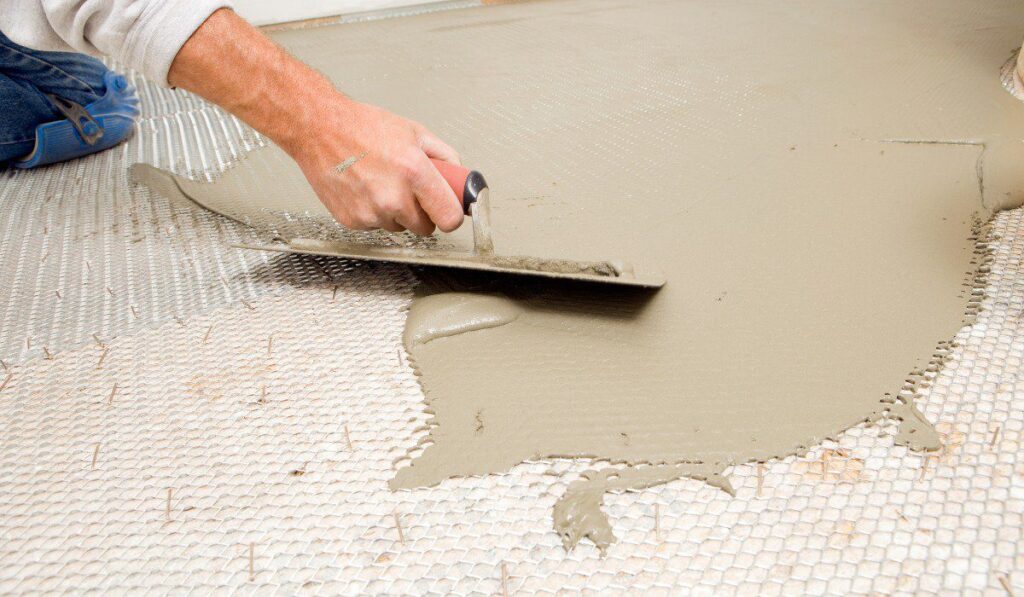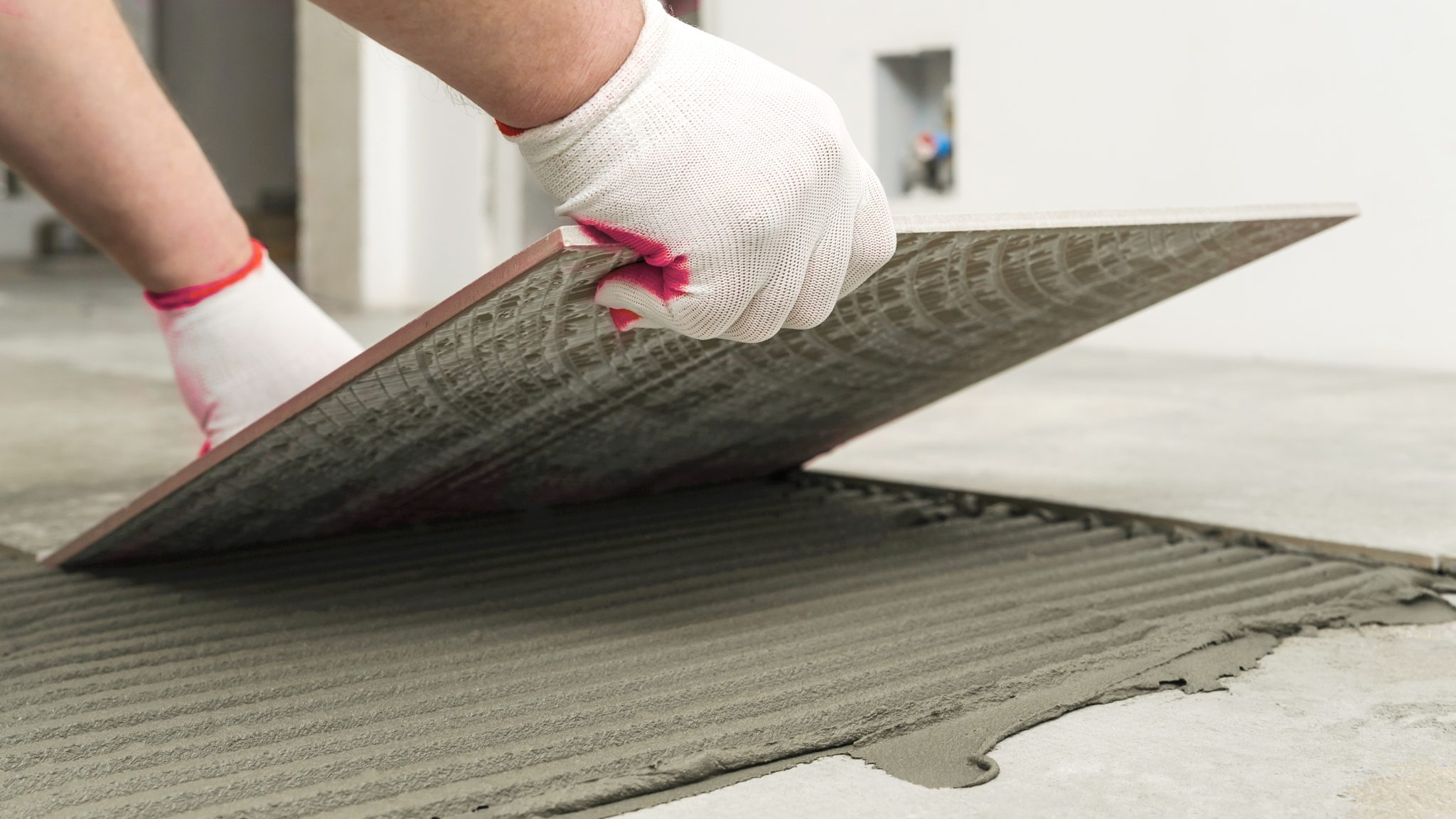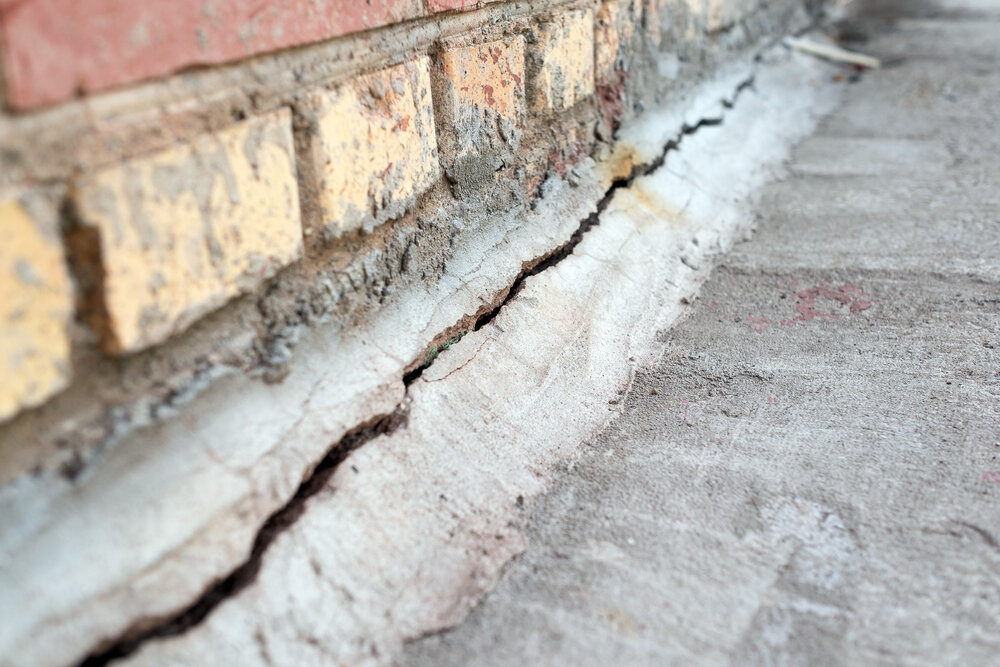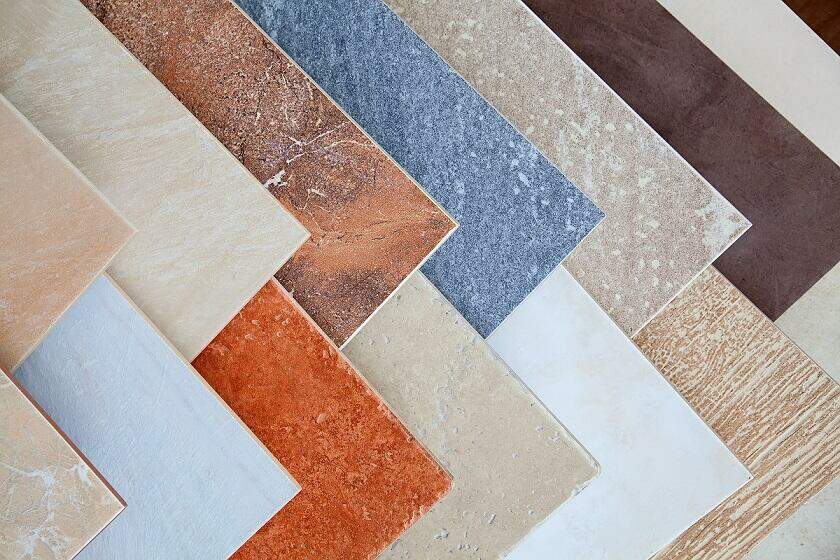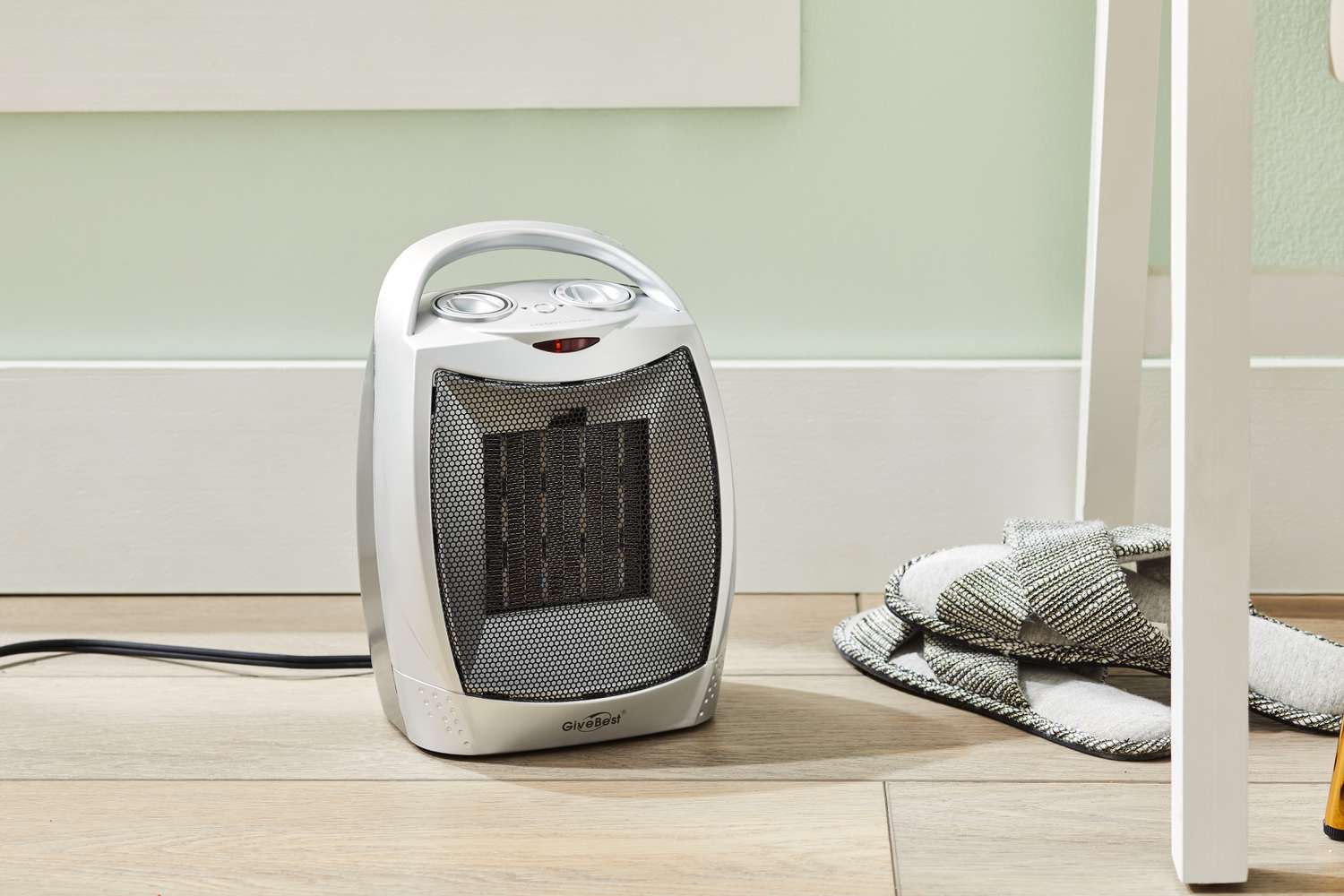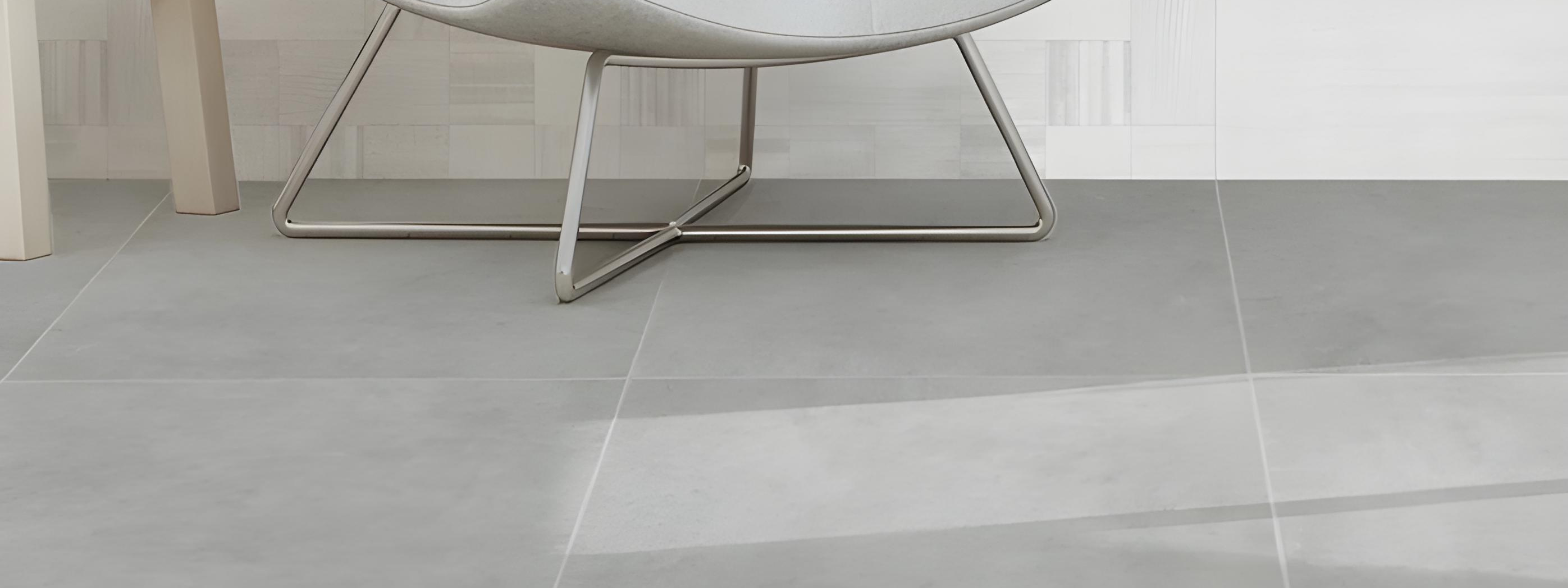Cracked floor tiles can be frustrating and unsightly, especially if you’ve invested in high-quality flooring. Whether it’s a hairline fracture or a full-on break, cracked tiles can ruin the look of your space and even become a safety hazard. But what causes floor tiles to crack in the first place? Here are the top seven reasons and how to prevent them.

Table of Content:
Poor Subfloor Preparation
Incorrect Tile Installation
Heavy Impact or Dropped Objects
Structural Movement or Foundation Shifts
Using the Wrong Type of Tile
Extreme Temperature Changes
Gaps or Weak Grout Lines
Final Thoughts: Protect Your Tiles
Poor Subfloor Preparation
A weak or uneven subfloor is one of the biggest reasons tiles crack. If the surface beneath the tile isn’t stable, it can shift over time, causing stress on the tiles and leading to cracks. To prevent this, ensure your subfloor is level, firm and properly prepared before installation.
Incorrect Tile Installation
Tiles need to be installed correctly to last. If they’re not laid with the proper adhesive or spacing, they may not bond properly to the surface, making them more prone to cracking. Always use the right adhesive for the tile type and ensure even spacing to allow for slight expansions and contractions.
Heavy Impact or Dropped Objects
Accidents happen! Dropping a heavy object, like a cast-iron pan or a large piece of furniture, can crack floor tiles instantly. While some tiles are more impact-resistant than others, no tile is completely immune. To minimise damage, choose high-quality, durable tiles for high-traffic areas and use rugs or mats in impact-prone zones.
Structural Movement or Foundation Shifts
Over time, buildings settle, and structures shift slightly due to environmental changes. This movement can create stress on tiles, leading to cracking. Expansion joints and flexible adhesives can help accommodate minor shifts and prevent tile damage.
Using the Wrong Type of Tile
Not all tiles are created equal! Some tiles are designed for walls and may not withstand the weight and pressure of foot traffic. Ensure you’re using floor-grade tiles for your flooring to prevent premature cracking and wear.
Extreme Temperature Changes
Sudden temperature fluctuations can cause tiles to expand and contract, leading to cracks over time. This is especially common in outdoor areas or rooms exposed to direct sunlight. Using tiles rated for thermal expansion and installing them with appropriate grout spacing can help prevent temperature-related cracking.
Gaps or Weak Grout Lines
Grout does more than just fill the gaps between your tiles—it also helps distribute pressure evenly. If grout lines are weak, cracked or missing, tiles become more vulnerable to movement and stress, increasing the risk of cracks. Regularly inspecting and maintaining your grout can help keep your tiles intact for longer.
Final Thoughts: Protect Your Tiles
Cracked tiles can be costly and frustrating, but understanding their causes can help you prevent future damage. Investing in proper installation, choosing the right tiles and maintaining your flooring will keep your space looking beautiful for years to come.
Looking for high-quality, durable floor tiles? Visit your nearest Tiletoria showroom or browse our collection online!






